
A large number of users uninstall the apps on account of the issues that persist and cannot help in functionality and user experience. An effective solution for such app development challenges requires a practical troubleshooting guide.
This article explores the impactful insights and strategies toward finding, analyzing, and solving common problems in apps to help provide a smooth and satisfactory user experience. Discover key techniques to enhance app performance and retention.
Effective Planning and Requirement Gathering
Effective planning and requirement gathering is the foremost step toward the development process of any application. This will ensure that the project is in line with the users' needs and the business goals right at the start. If there is no clear planning and requirements upfront, there may be miscommunication, scope creep, and other associated expensive delays that the development teams face.
1. Define goals: The first step in designing is to define the primary objectives and goals of the app. It also considers the type of audience that the app shall attract, its main functionalities, and any value addition that shall be provided to the end-users. Setting clear, measurable goals is very critical to guide the development process and provide success benchmarks. Utilizing the SMART criteria (Specific, Measurable, Achievable, Relevant, and Time-bound) helps in formulating goals that are clear and attainable, ensuring a focused and efficient development process.
2. Stakeholder Involvement: Engage all relevant stakeholders, including clients, end-users, developers, and project managers. Conduct individual interviews, surveys, and workshops to glean different perspectives and ensure that all requirements have been considered. This step of collaboration allows for aligning the project to business and user expectations.
3. Things to Do: Requirements Document: A detailed requirements document needs to be prepared, denoting all functional and non-functional requirements in the format of user stories, use cases, and technical specifications. Each requirement needs to be prioritized by importance and impact on the project.
4. Feasibility Analysis: Feasibility analysis needs to be run with respect to the technical, financial, and operational viability of the project. In this way, some risks and constraints could be noticed in advance so that informed decisions could be made and risk mitigation strategies developed.
5. Prototyping and Feedback: Build prototypes or wireframes of the cell application to start working out how it will look and function. Share these prototypes with all stakeholders and get feedback for modification. Prototyping early lets you refine the requirements and be sure that the final product will satisfy the user's needs.
6. Review and Approve: When the requirements are documented and prototypes are validated, review the plan with the stakeholders. Get formal approval so that everyone is on the same page or committed to the project scope.
The first and foremost steps in effective planning and requirements gathering lie at the heart of successful app development. Ensuring these processes are meticulously executed is therefore instrumental in delivering a quality application that will certainly meet the user's needs and achieve business objectives.
Resolving Technical and Connectivity Issues
Technical and connectivity issues can not only slow down your app's performance but also reduce its overall usability, frustrating users and raising uninstall rates by tough percentage margins. Constant crashes, slow loading, or any other connectivity errors such as err_connection_reset that stop the user from using your app at will are definitely going to ward off users. All these issues should be taken care of promptly and efficiently if you would like to stick to a positive user experience. A negative experience certainly affects the decision of whether to update an application.
Technical and Connectivity Issues—Tips and Tricks:
- Monitor Performance Regularly: Continue tracking your app's performance metrics with the help of performance monitoring tools, such as load times, memory usage, and crash reports. Inbuilt detection and fixing of problems before they finally affect a large user base.
- Optimize Code: Run a leak-free, very well-optimized code. Regular review and refactoring will make your code efficient and decrease the occurrence of crashes.
- Use robust error handling against connectivity issues : This involves retrying network requests with exponential backoff, and always ensuring that an informative error message is presented to the user in such cases of connectivity.
- Test on multiple devices: Test the application rigorously on a sufficient number of devices and operating systems to be aware that device-specific issues are ironed out. This helps render an executable experience under all conditions.
Designing an Intuitive User Experience

In 2021, 44.5% of respondent organizations worldwide indicated that customer experience is now a key competitive differentiator. With this, to make your app outstanding, it will become most critical to focus on user-friendly design principles serviceable to the needs and preferences of your target audience.
Conduct detailed user research to understand user behavior patterns, preferences, and pain points. One will work from here on the user personas and journey maps that shall guide the design process. Emphasize simplicity and ease of navigation: how easily a user can do a certain task without misconceived expectations about its completion.
Design patterns should be consistent, and the user interface should be intuitive about what the user expects to see. Feedback loops, in the form of usability testing and user feedback, should be utilized in the constant refinement and improvement of the user experience. This would increase user satisfaction and retention greatly.
Benefits of Intuitive User Experience:
- Higher User Satisfaction
- Higher User Retention Rate
- Reduced Development Cost
- Improved App Performance
- Better brand reputation and loyalty
Comprehensive Testing and Quality Assurance
Comprehensive testing and QA are inseparable parts of the development process that will give an app success. Thorough testing helps to find out and rectify bugs before they reach end-users, hence ensuring a smooth and reliable user experience. Negligence of this phase may result in poor app performance and dissatisfied users, consequently increasing uninstall rates.
Key Steps for Comprehensive Testing and Assurance of Quality
1. Unit testing: Run unit tests to make sure that independent components of the app work as intended. These are important in catching bugs at the early stages and in making the debugging process quite easy.
2. Integration Testing: Test interactions between different modules and components to make sure they work well with each other. This is necessary for spotting problems that might be created when tying together various parts of the app.
3. System Testing: System testing should be done to test the whole application as an integrated unit. The testing that involves checking the application as a whole against the specified requirements is called system testing.
4. User Acceptance Testing: Conduct user acceptance testing to verify if the app meets all the needs and expectations of the end-user. UAT uncovers usability issues by emphasizing that the application should be user-friendly.
5. Performance Testing: Test the application under different conditions like different network speeds and high user loads. It ensures that your app performs well in real-world usage without degradation.
6. Security Testing: Test for security vulnerabilities in the app and fix them to ensure the safety of the users' data from various threats and compliance with regulations.
Conclusion
In a nutshell, handling problems in the development of apps effectively requires a systematic approach: sufficient planning, intuitive design, rigorous testing, and proactive problem-solving. The development of a reliable and user-friendly app by a developer faces technical and connectivity-related issues, overall testing and quality assurance, and enhancement of the user experience. The guide gives actionable strategies for finding and fixing common problems in the app to boost app performance and user satisfaction.
If you found this article helpful, we encourage you to share it on your social media platforms—because sharing is caring! For more information about article submissions on our website, feel free to reach out to us via email.
Send an emailWritten by RGB Web Tech
Latest Technology Trends
Latest technology trends shaping the future, including AI advancements, blockchain innovation, 5G connectivity, IoT integration, and sustainable tech solutions. Explore breakthroughs in quantum computing, cybersecurity, augmented reality, and edge computing. Stay ahead with insights into transformative technologies driving innovation across industries and revolutionizing how we live, work, and connect.
Related Articles - App Development
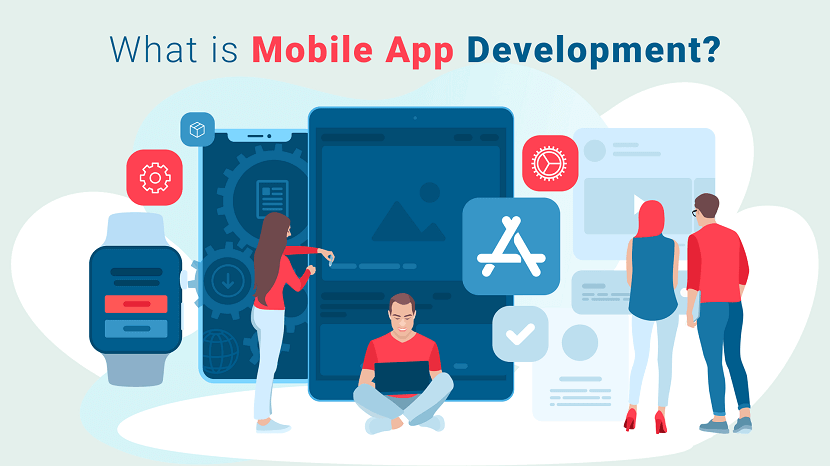
Mobile App Development
Mobile app development creates apps for smartphones. Learn what you need to know for a smart investment in the mobile app business.
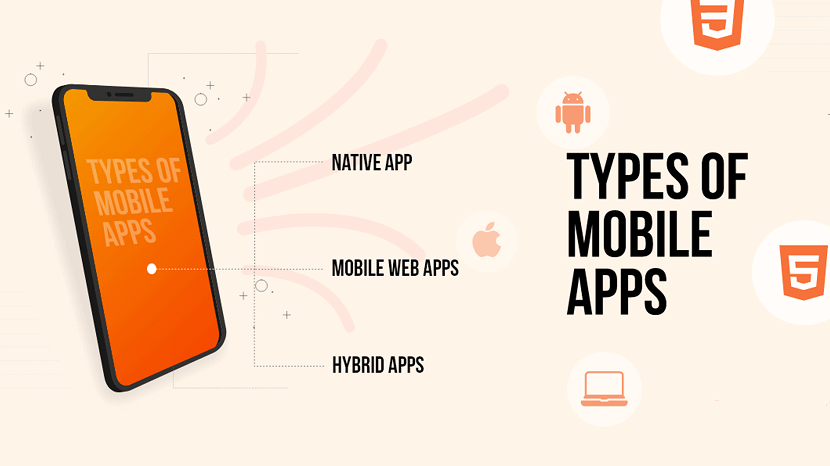
Different Types of Mobile Apps
How do you choose which type of mobile app you should develop for your company or business? Should you go with native, web, or hybrid?
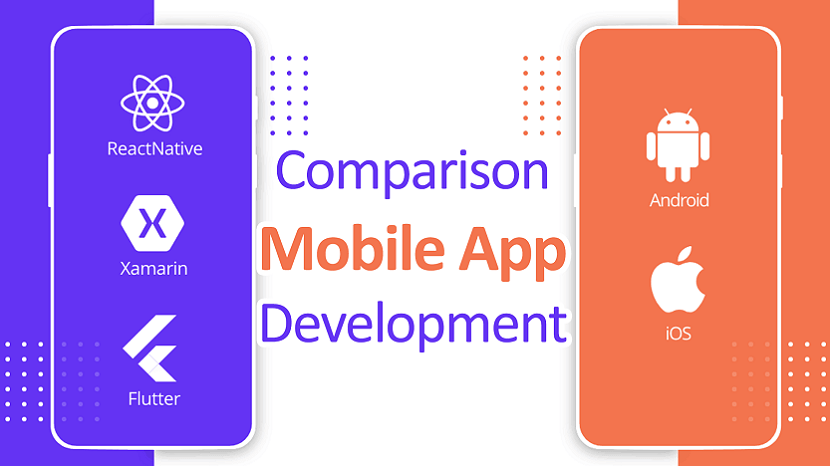
Comparison of App Development
Get a detailed comparison of mobile app development and find out which ones are right for you to get started on building with your budget.
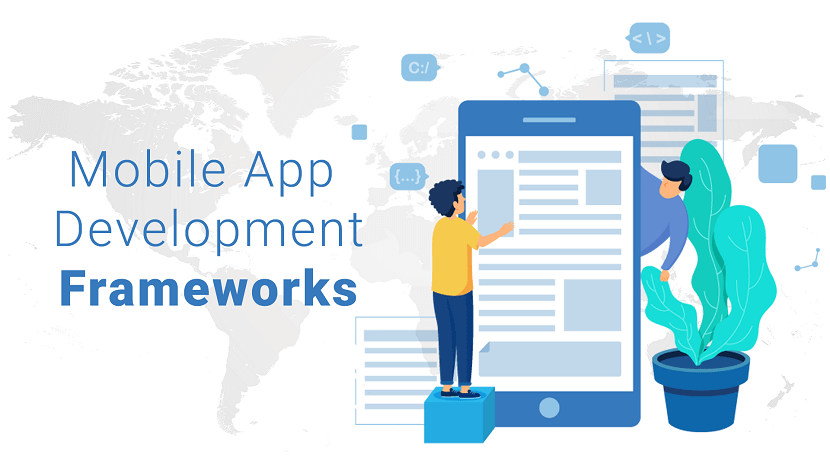
Mobile App Development Frameworks
Find out here the top mobile app development frameworks to be considered. You can also see here each frameworks features and other necessary details.
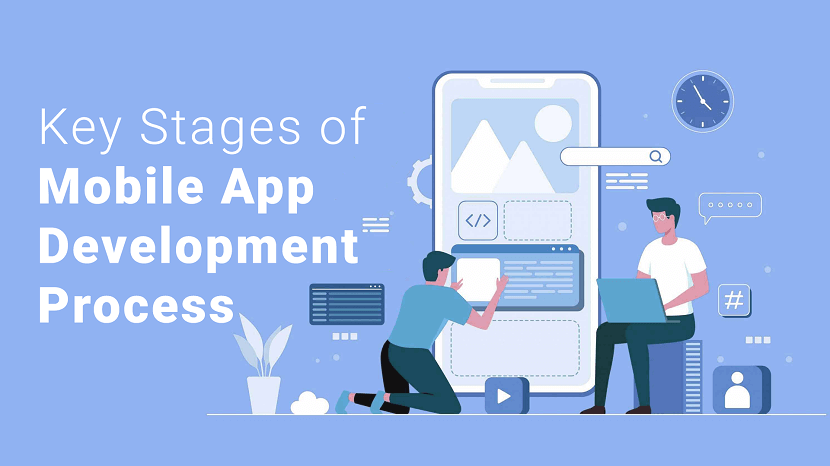
Key Stages of App Development Process
To build a successful app, a business needs to go through different stages. There are key stages in the mobile app development process.
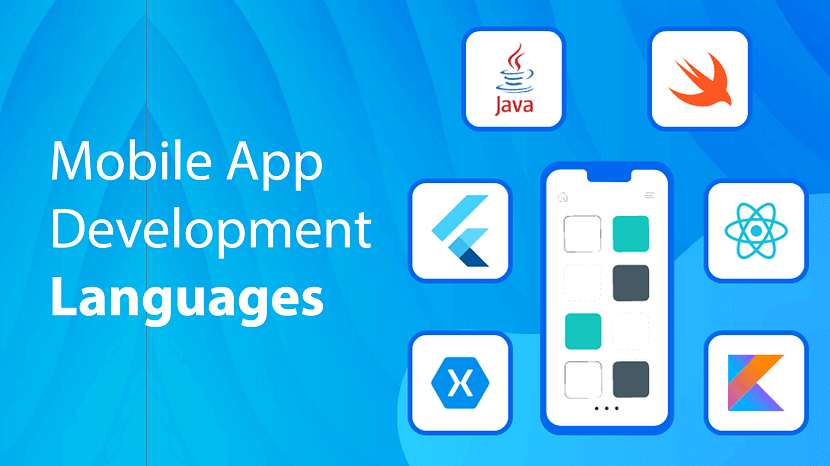
Mobile App Development Languages
Many application languages are available nowadays. The strategy you choose may rely on a number of factors. So let's have a look at the most popular ...
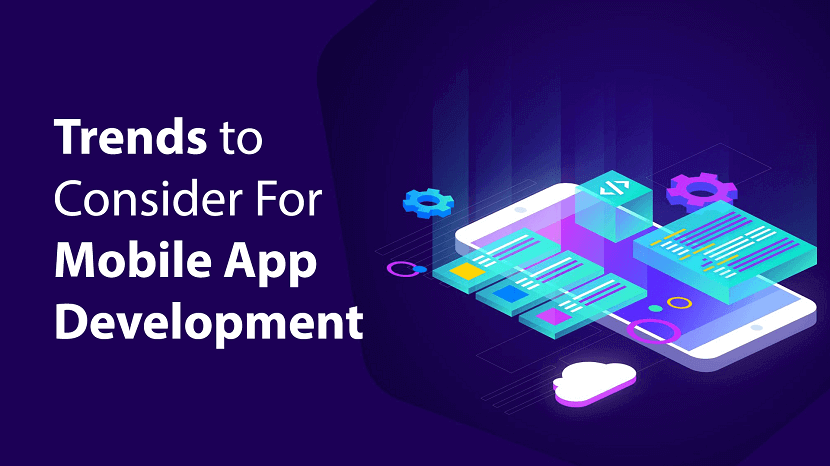
Mobile App Development Trends
These Mobile App Development trends will help you stay ahead of the curve when developing apps for iOS or Android devices.
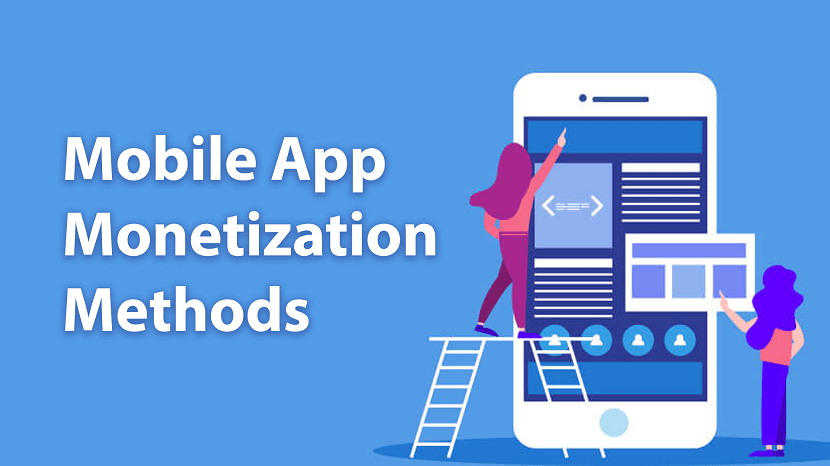
Mobile App Monetization Methods
If you use the proper monetization method in your mobile application, you will be able to turn your mobile application into your primary source of income.
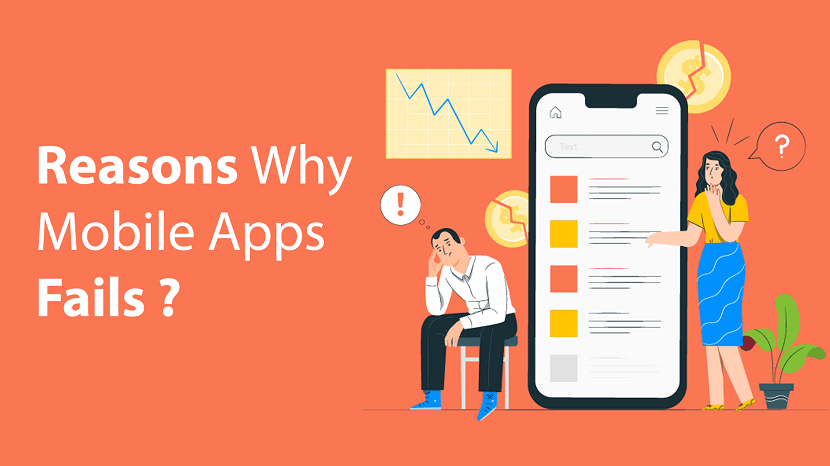
Reasons Why Mobile Apps Fails
For every success story of a mobile app trending across the globe, there are hundreds of apps that fail. Read on to learn why this happens.
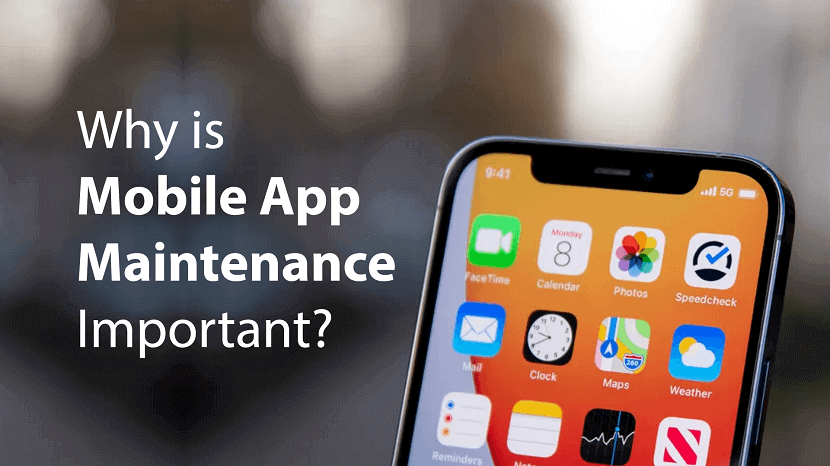
Mobile App Maintenance Important
An elegant mobile app is just half the journey. Learn why proper mobile app maintenance is crucial for long-term success in this insightful article.

Mobile App Development Process
The mobile app development process can be overwhelming. Understand its key steps and be prepared for what lies ahead in your app-building journey.
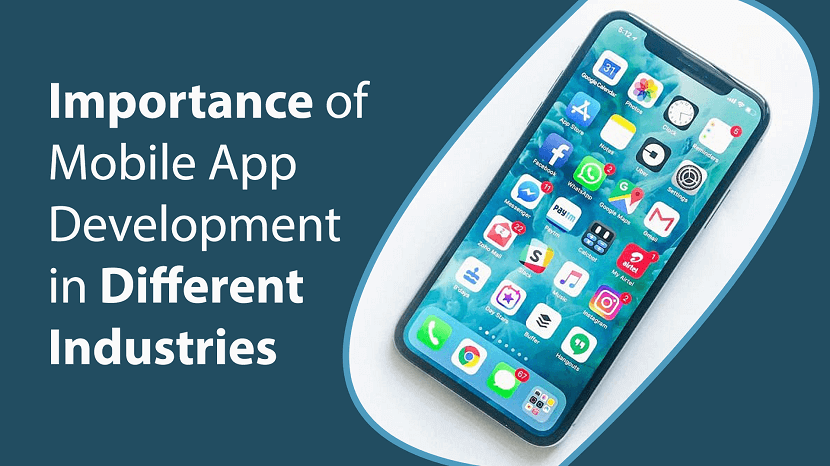
Mobile App Development Importance
If you are an entrepreneur or owner of an SME, you must not neglect the importance of mobile apps for your business growth and development.
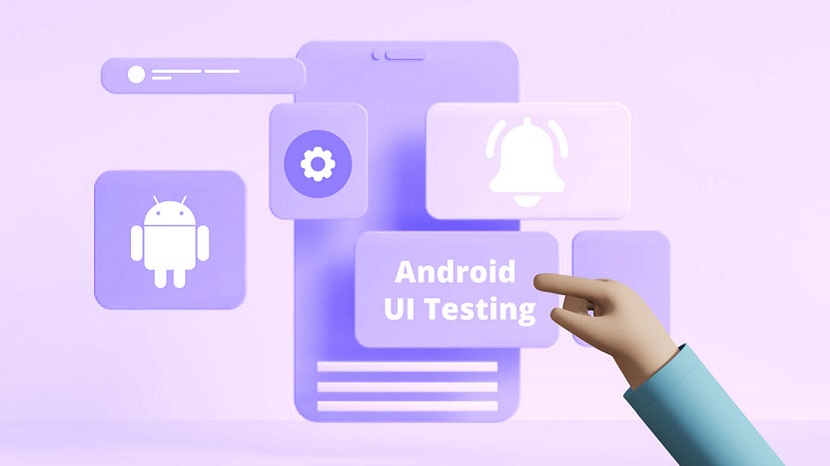
Android UI Testing
Master Android UI Testing: Validate interfaces flawlessly with expert guidance. Enhance app quality and user experience effectively.

Reasons to Invest in React App Development
Unlock limitless potential with React app development: Discover 10 compelling reasons why it's the ultimate investment in modern software solutions.
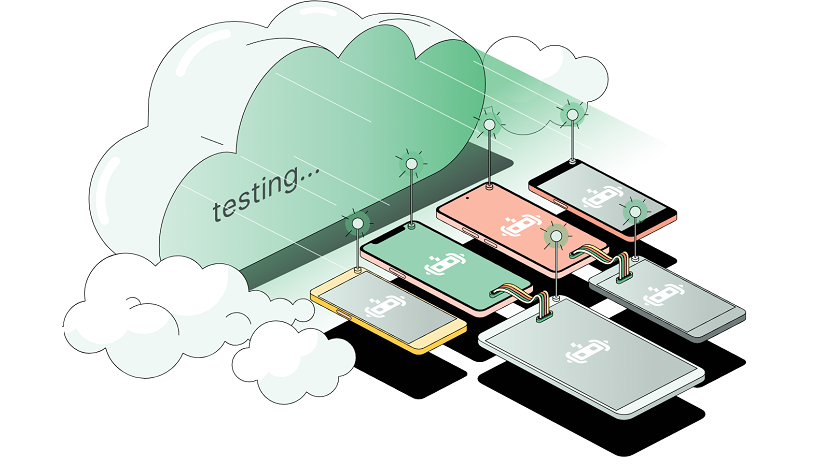
Why are cloud device farms necessary for mobile application testing
Discover why cloud device farms are essential for mobile app testing, ensuring compatibility and performance across diverse devices.

Tackling App Development Issues with a Practical Troubleshooting Guide
Discover effective solutions for app development challenges with our comprehensive troubleshooting guide, designed for practical and swift problem-solving.
